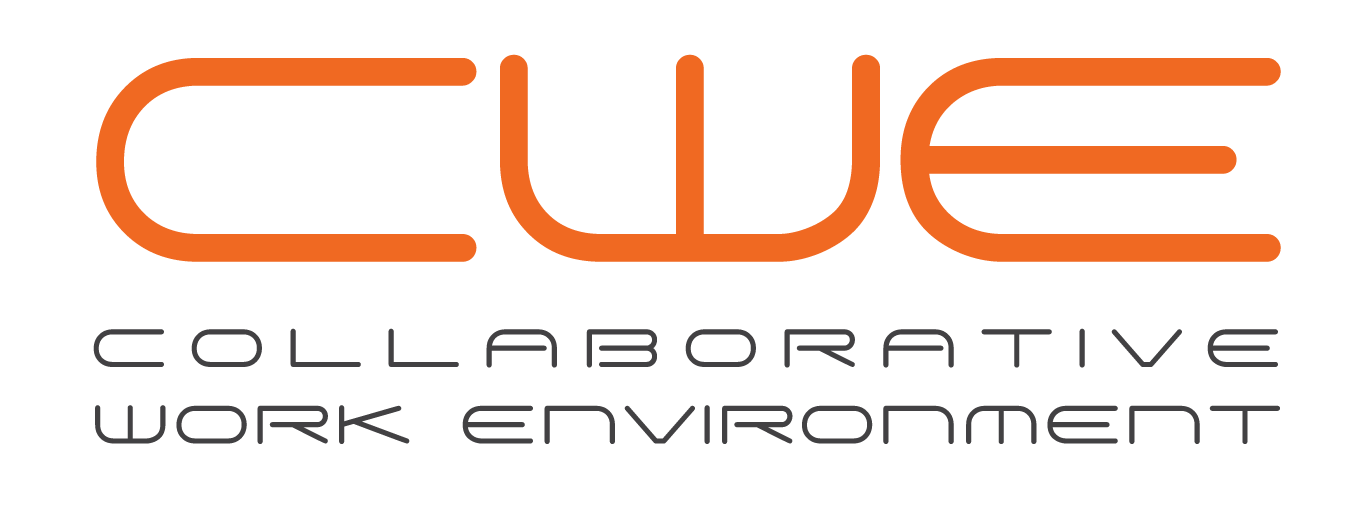Data management and analytics can play a crucial role in driving process improvement initiatives. These two functions help organizations make sense of the vast amounts of data they collect and use the insights gleaned from that data to improve their operations.
What is data management and analytics?
Data management is the process of collecting, storing, and maintaining data in a way that is organized, secure, and accessible. This is important for ensuring that data is accurate, complete, and reliable. In order for an organization to make data-driven decisions, the data must be of high quality.
Analytics is the process of using data to gain insights and make informed decisions. This can include anything from simple reporting and data visualization to more advanced techniques such as machine learning and predictive modeling. By analyzing data, organizations can identify patterns and trends, as well as make predictions about future performance.
When combined, data management and analytics can help organizations identify areas for process improvement. In fact, in the modern tech-heavy environment virtually all software collects dat of some variety. If you are looking to optimize business operations and reduce costs while increasing revenue and profit it is essential to take advantage of this resource. By collecting and analyzing data on their operations, organizations can gain a better understanding of how their processes are currently functioning and identify bottlenecks and inefficiencies that can be addressed. For example, analyzing data on customer interactions can help a company identify areas where customers are frequently having trouble, and then improve its processes to address those issues.
3 areas ripe for process improvements
One area where data management and analytics can drive significant process improvements is in supply chain management. By collecting and analyzing data on the performance of suppliers and logistics providers, organizations can identify areas where they can reduce costs, improve lead times, and increase efficiencies. For example, an organization might use analytics to identify which suppliers are consistently delivering late, and then work with those suppliers to address the issue.
Another area where data management and analytics can drive process improvements is in the area of quality control. By collecting and analyzing data on product defects and customer complaints, organizations can identify areas where they need to improve their quality control processes. For example, if an organization is seeing a high number of defects in a particular product line, it might use analytics to identify the specific manufacturing processes that are causing the defects, and then make changes to address the issue.
Additionally, data management and analytics can contribute greatly to proper facilities management. Data collected and available for easy analytical oversight can provide valuable information concerning the usage and condition of your organization’s facilities. In turn, a facility manager will have the information necessary to make informed decisions about maintenance and repairs, as well as identify potential issues before they become serious problems.
Lastly, it’s important for organizations to have a clear strategy for their data management and analytics efforts, including clear goals and a plan for how to achieve them. This includes selecting the right tools and technologies, building a team with the right skills, and ensuring that the data is being used effectively to drive real business outcomes.
In conclusion, data management and analytics are essential tools for driving process improvement initiatives. With proper data management organizations can gain insights into areas where they can make changes to improve efficiency, reduce costs, and increase customer satisfaction. The right data, combined with effective analytics are powerful force multipliers in setting your organization up for success. CWE can assist in ensuring you have all the tools you need to make better informed decisions and ensure you are operating at peak efficiency.



Comments are closed